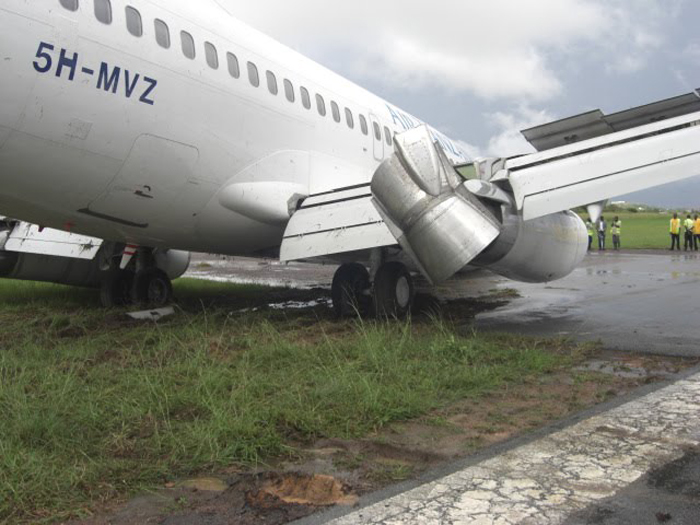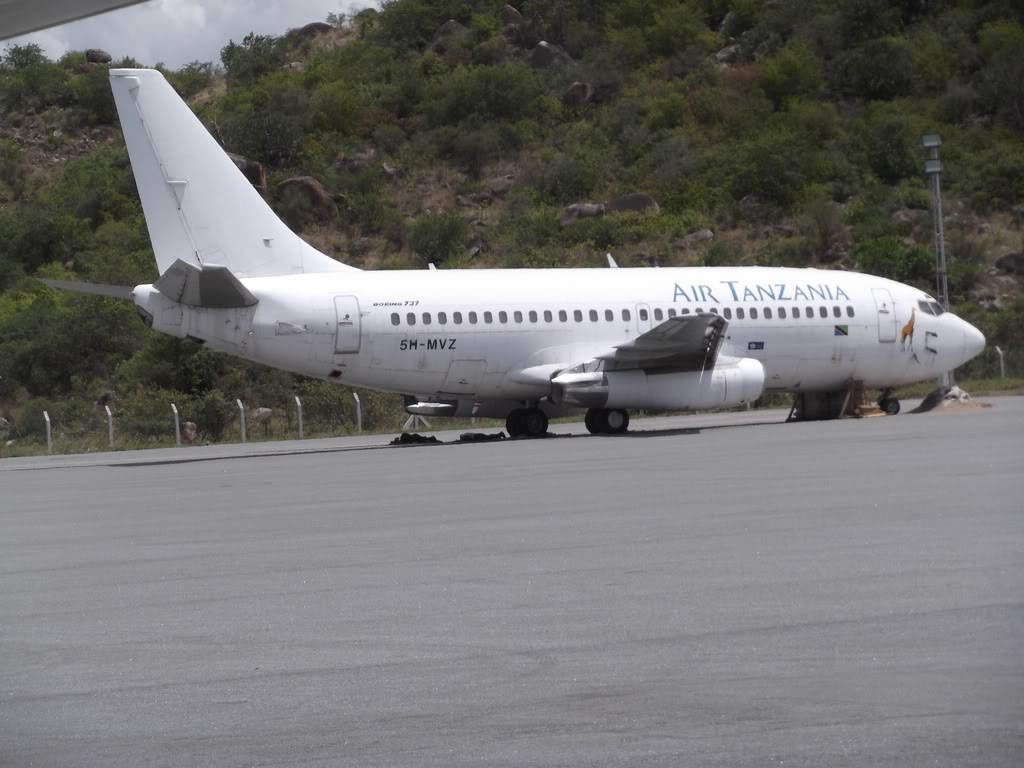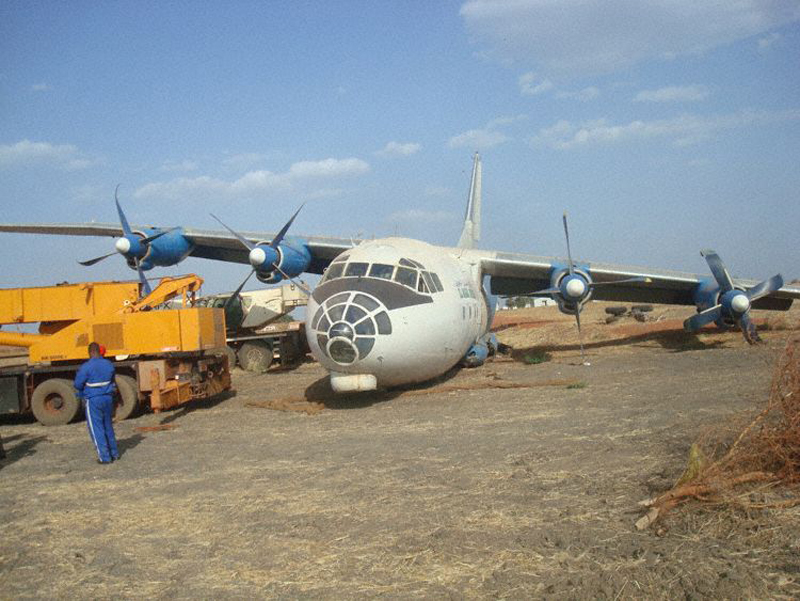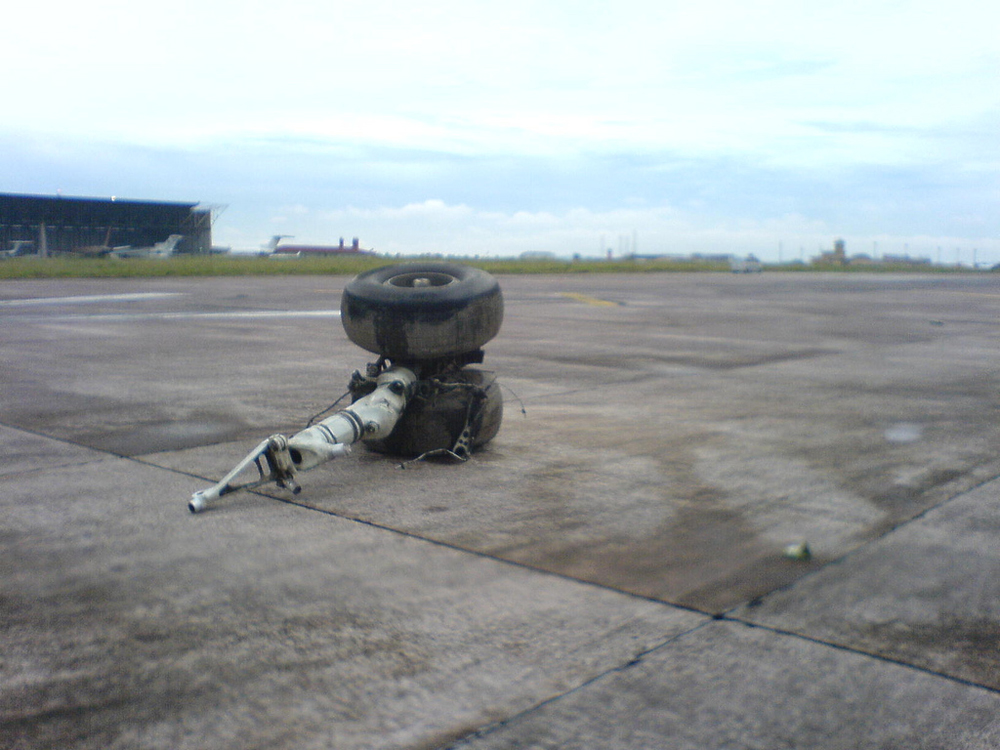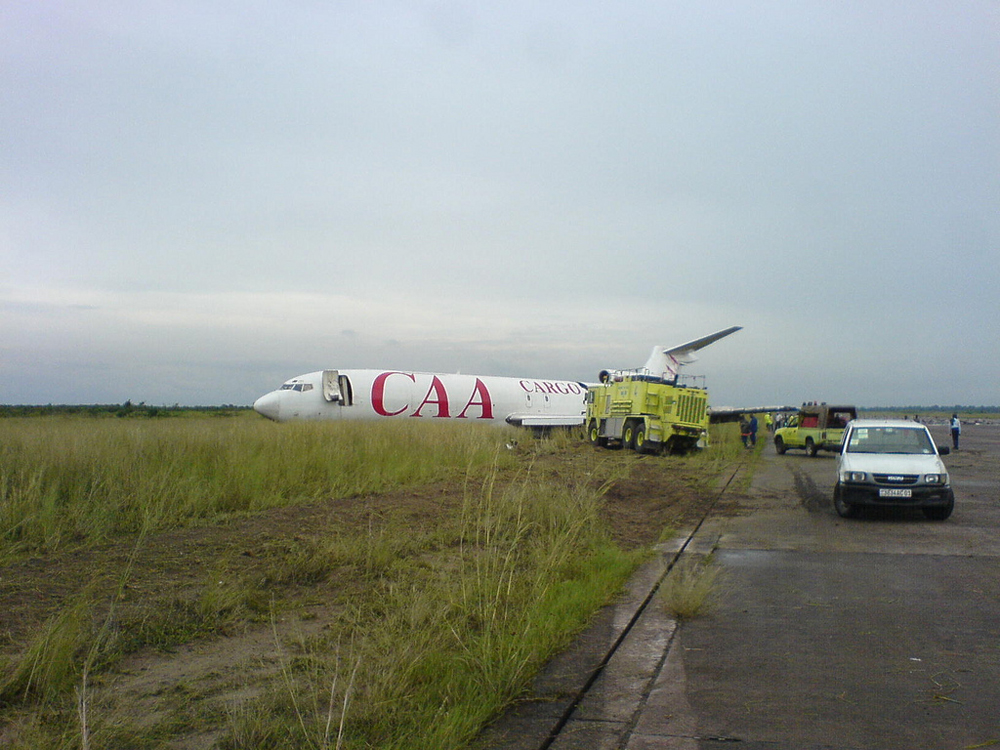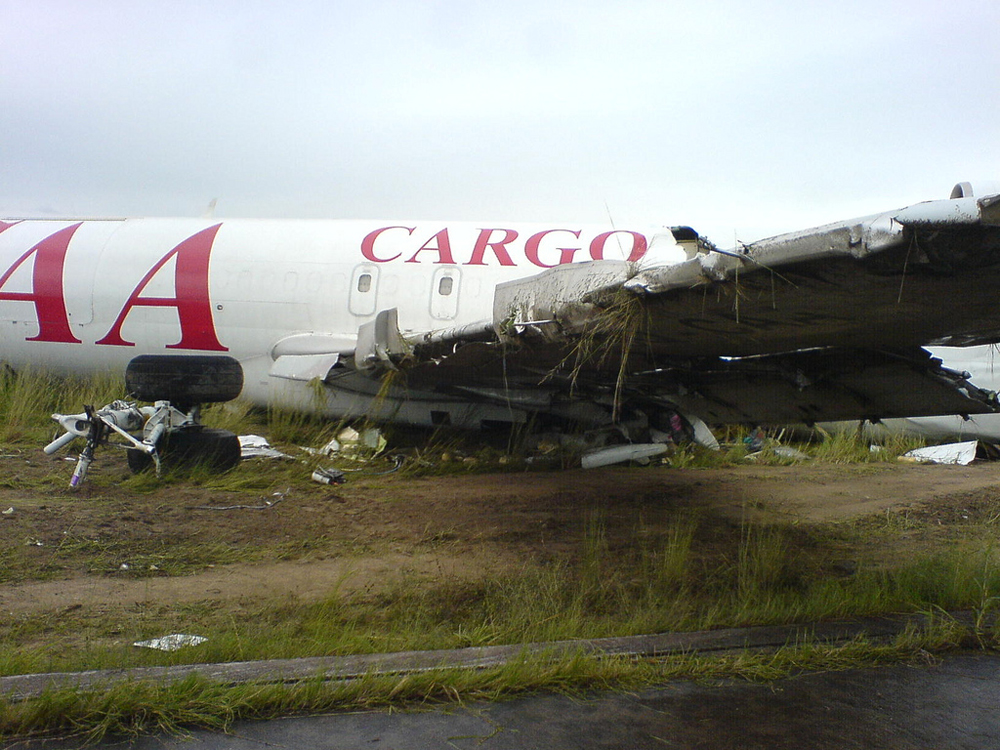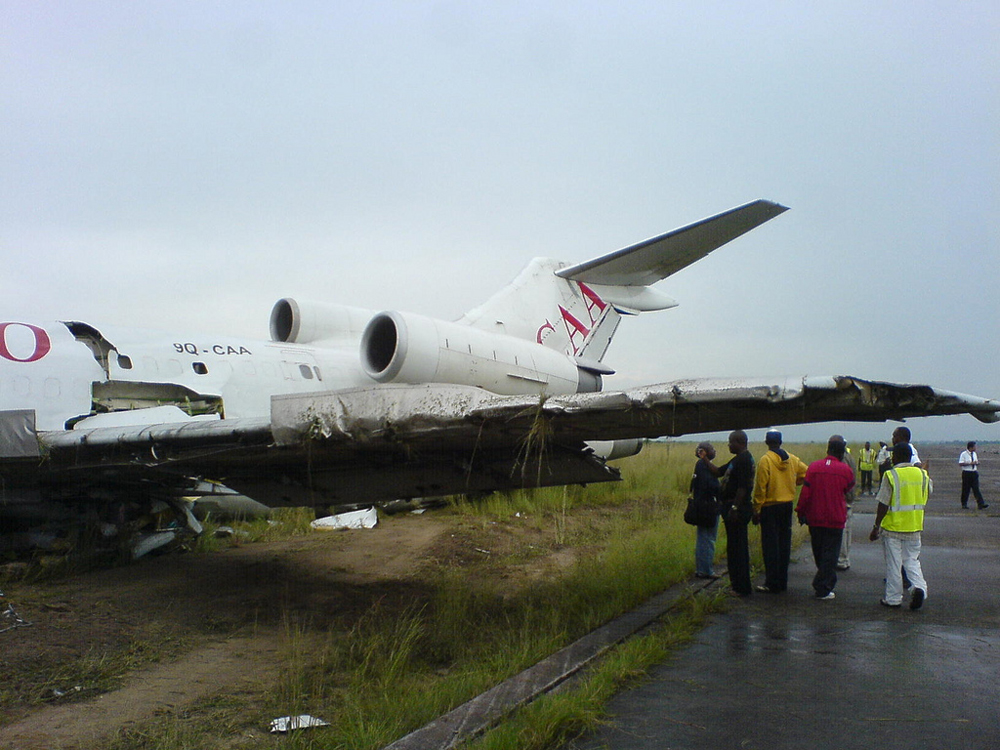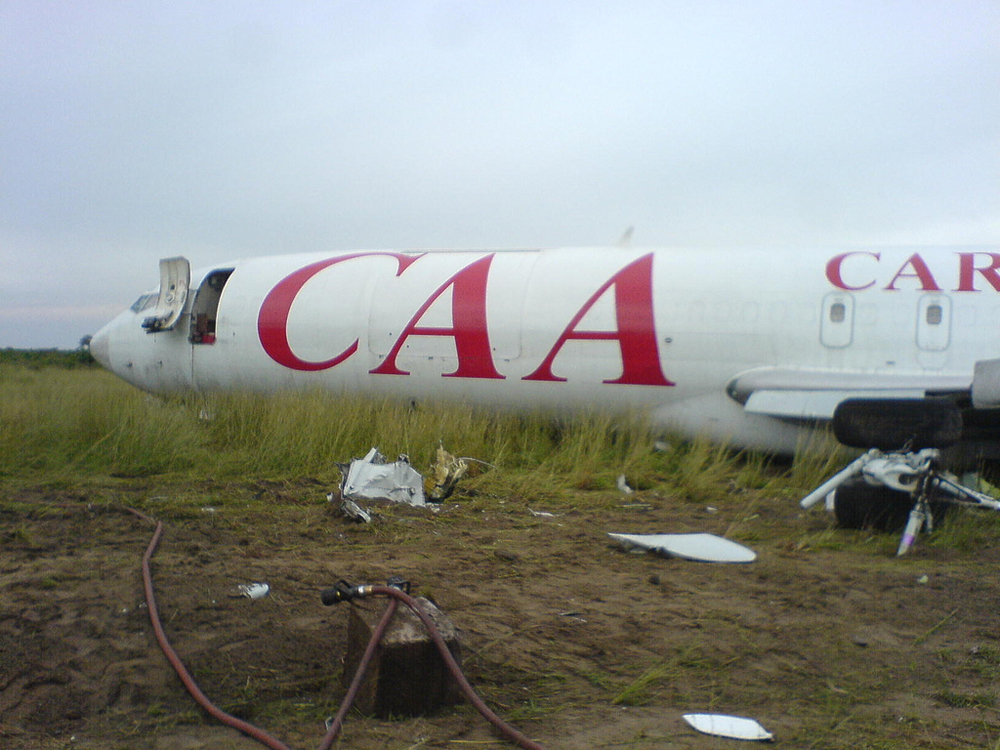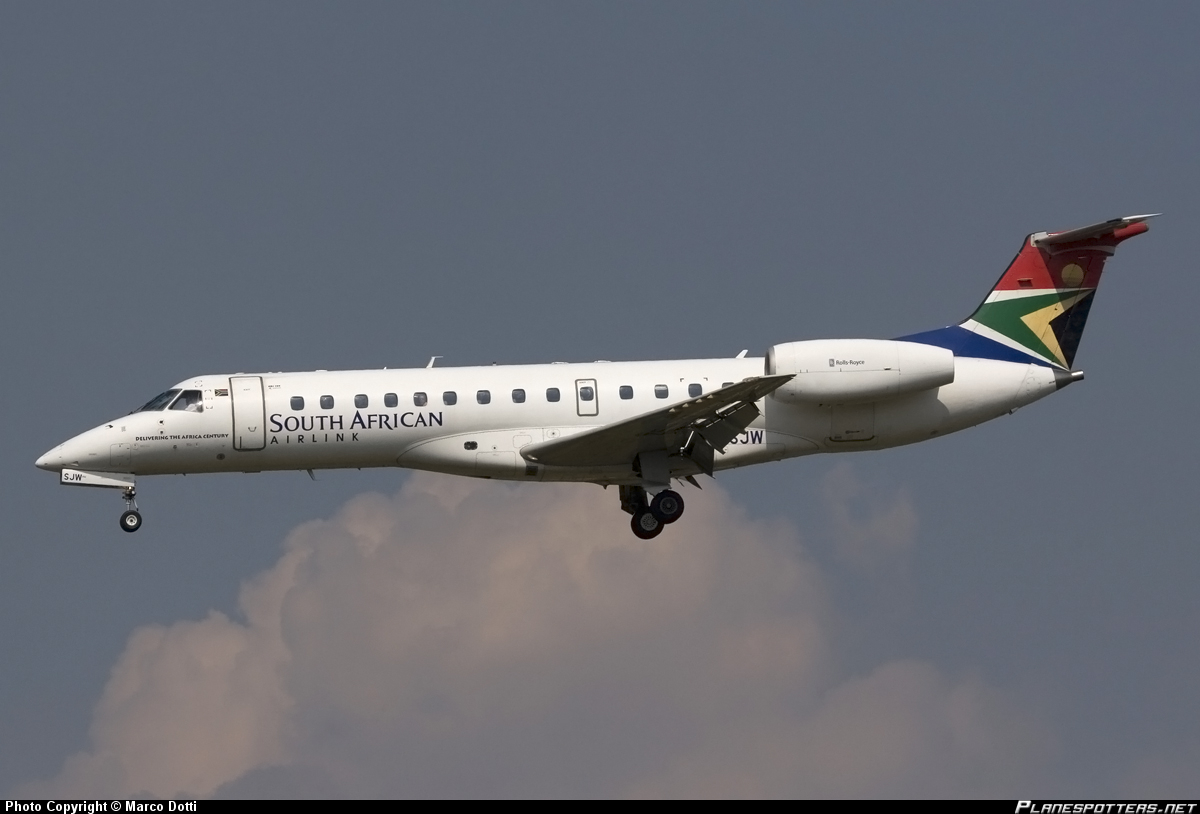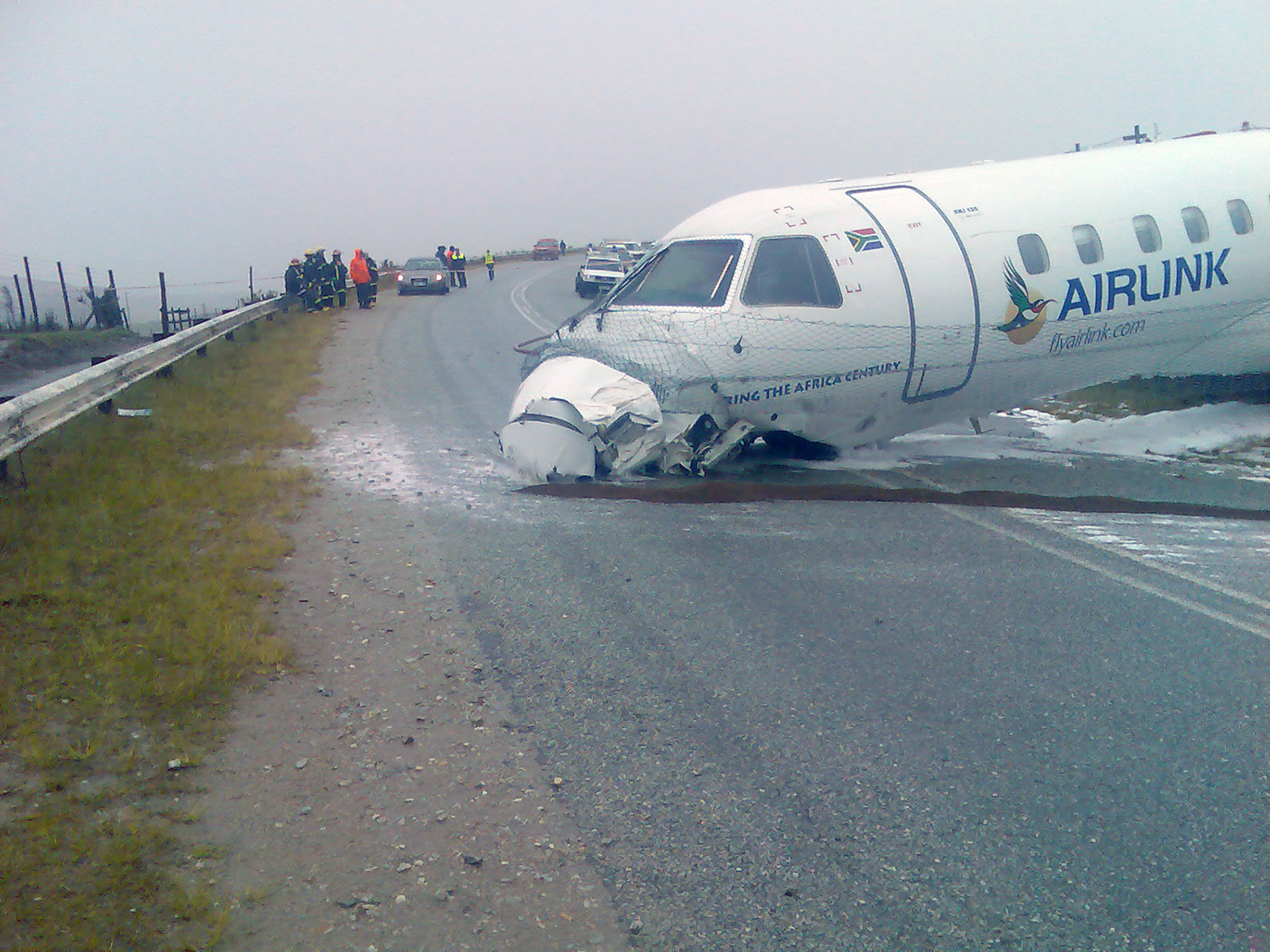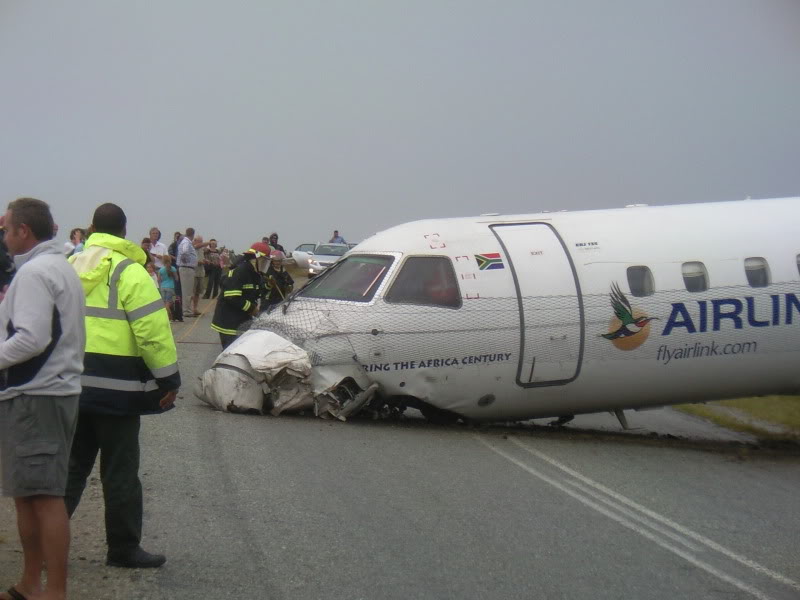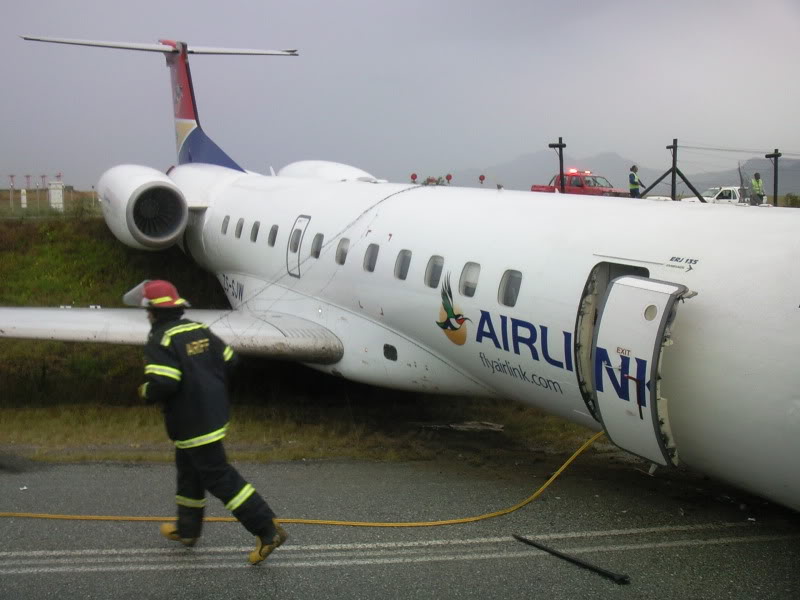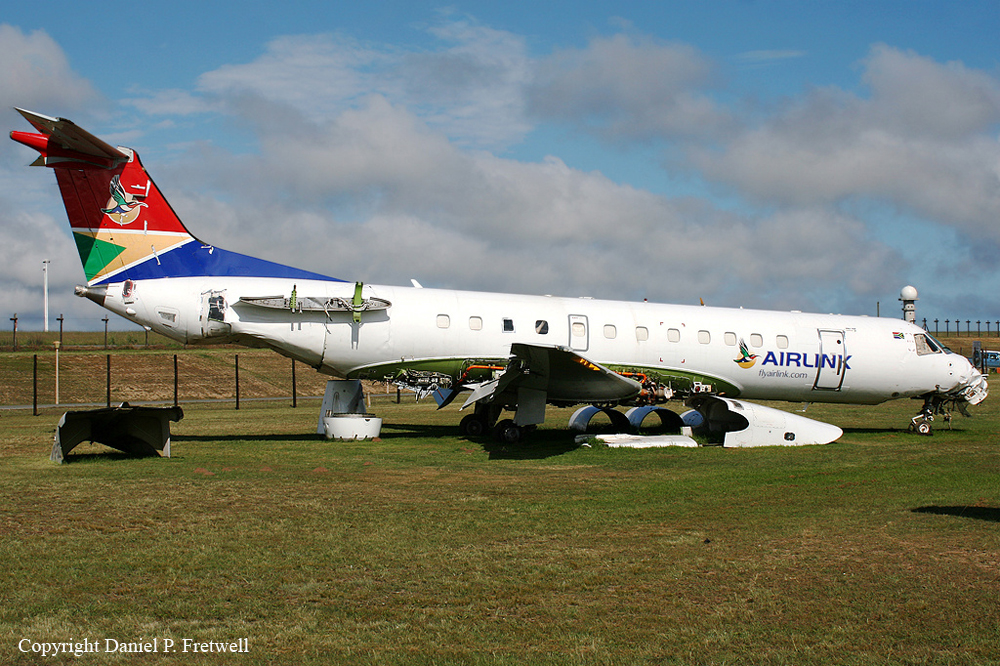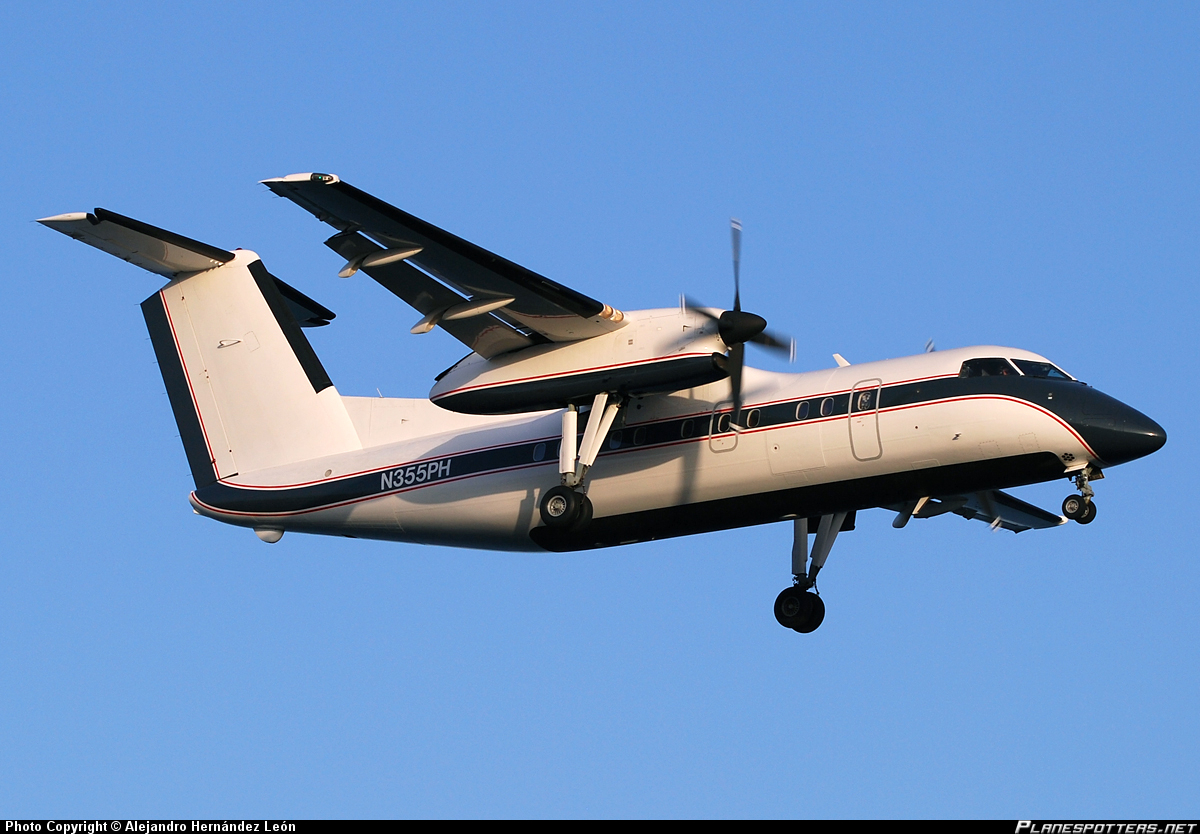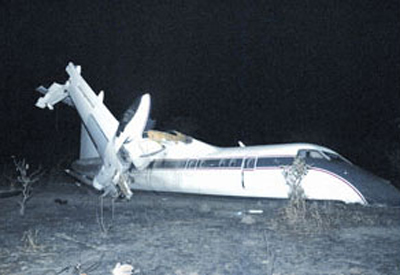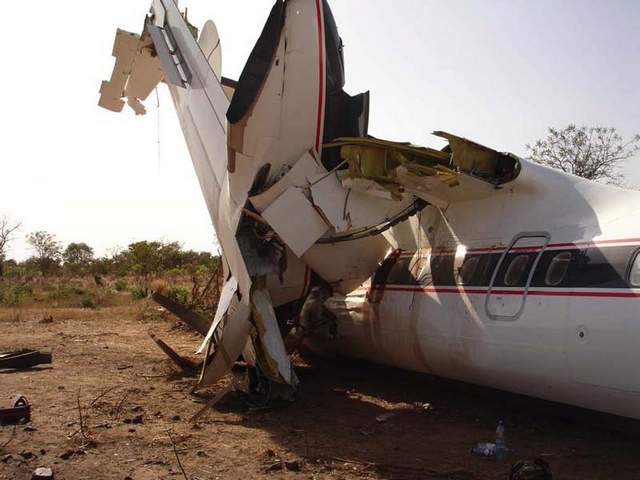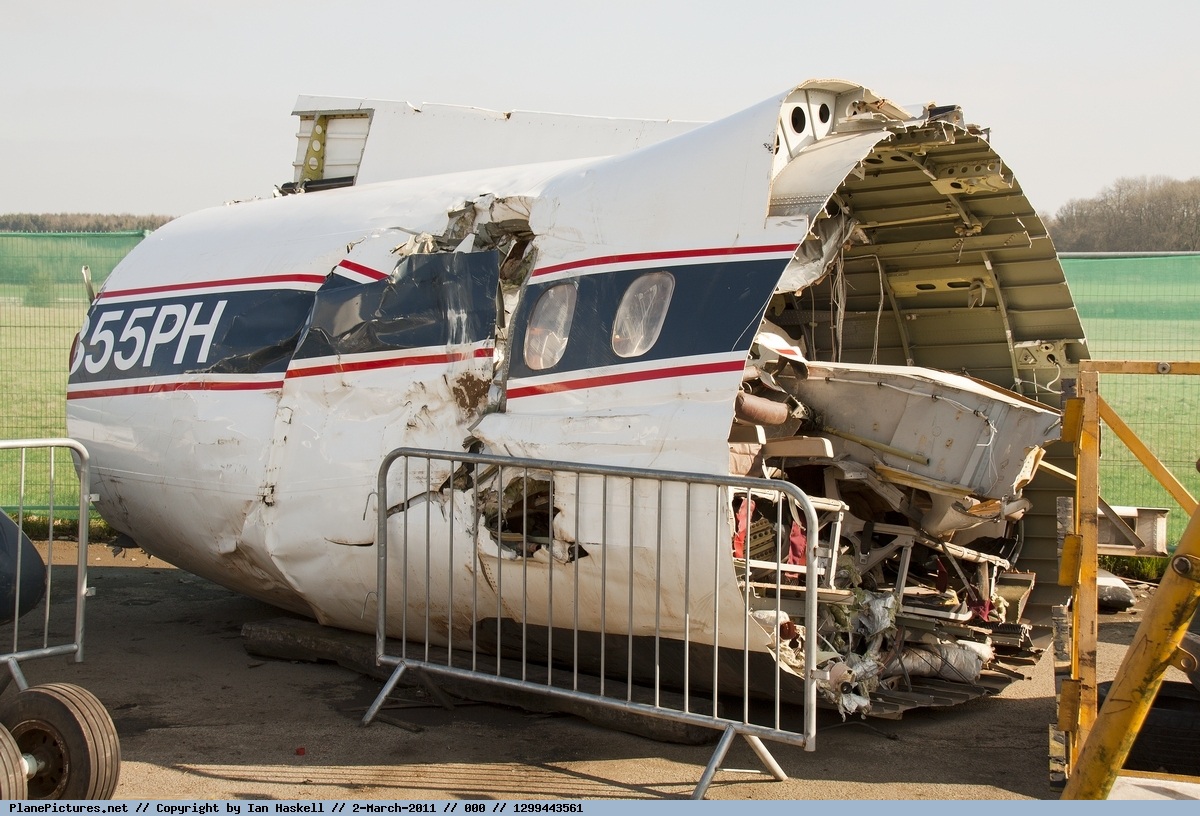Crash of an Aeritalia G.222 in Port Harcourt
Date & Time:
Mar 12, 2010
Registration:
NAF950
Survivors:
Yes
Schedule:
Abuja - Port Harcourt
MSN:
4070
Crew on board:
5
Crew fatalities:
Pax on board:
47
Pax fatalities:
Other fatalities:
Total fatalities:
0
Circumstances:
After landing at Port Harcourt Airport, the aircraft skidded then veered off runway and came to rest. All 52 occupants were rescued, among them 10 were slightly injured. The aircraft was damaged beyond repair. All passengers were members of the intervention group taking part to a disaster response operation.





